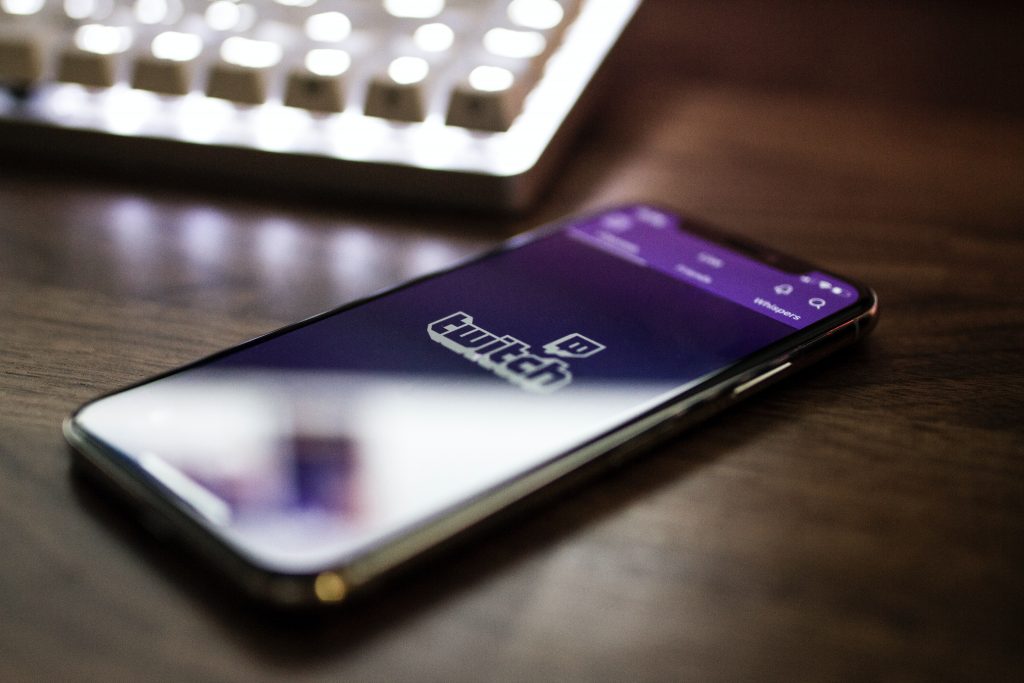Twitch’s latest announcement at TwitchCon in Las Vegas has the industry buzzing, or rather, twitching. The live-streaming giant will now allowing its users to stream their content on other platforms concurrently. While the company previously loosened its guidelines on cross-streaming to social media platforms like TikTok and Instagram, this is a significant change that opens doors for streaming across “any service,” unless the streamer is bound by an exclusivity contract with Twitch.
This seems like a move to retain its massive streamer base
On the surface, this move appears counterintuitive for Twitch. One would think that by allowing users to stream elsewhere, Twitch is essentially eroding its own viewer base. So why make such a drastic change? It’s likely a calculated risk to retain top talent in the live-streaming space.

In recent times, some big names such as Ludwig have ditched Twitch for competitor platforms like YouTube. By allowing creators more freedom to simulcast without strings, Twitch could be offering an olive branch, especially to mid-level creators who might be contemplating making a switch due to revenue concerns.
But there’s another angle to consider: by allowing more flexible streaming options, Twitch is actually broadening its outreach. Streamers can capture audiences on different platforms and potentially lure them back to Twitch. Plus, it reflects well on the company’s willingness to adapt. In the past few months alone, Twitch has updated its policies on off-platform harassment and even experimented with machine learning for chat moderation.
However, the new policy comes with its set of regulations. The guideline that the “Twitch user experience should not be compromised” on other platforms is ambiguous and leaves room for interpretation. It remains to be seen how Twitch will enforce this and what consequences await those who cross the line.
RELATED:
- Twitch gets inspired by Instagram and adds Stories
- Twitch CEO Emmett Shear Steps Down as CEO After 16 Years
- Download the best GCam APK for Samsung Galaxy S23 Ultra
(Via)







